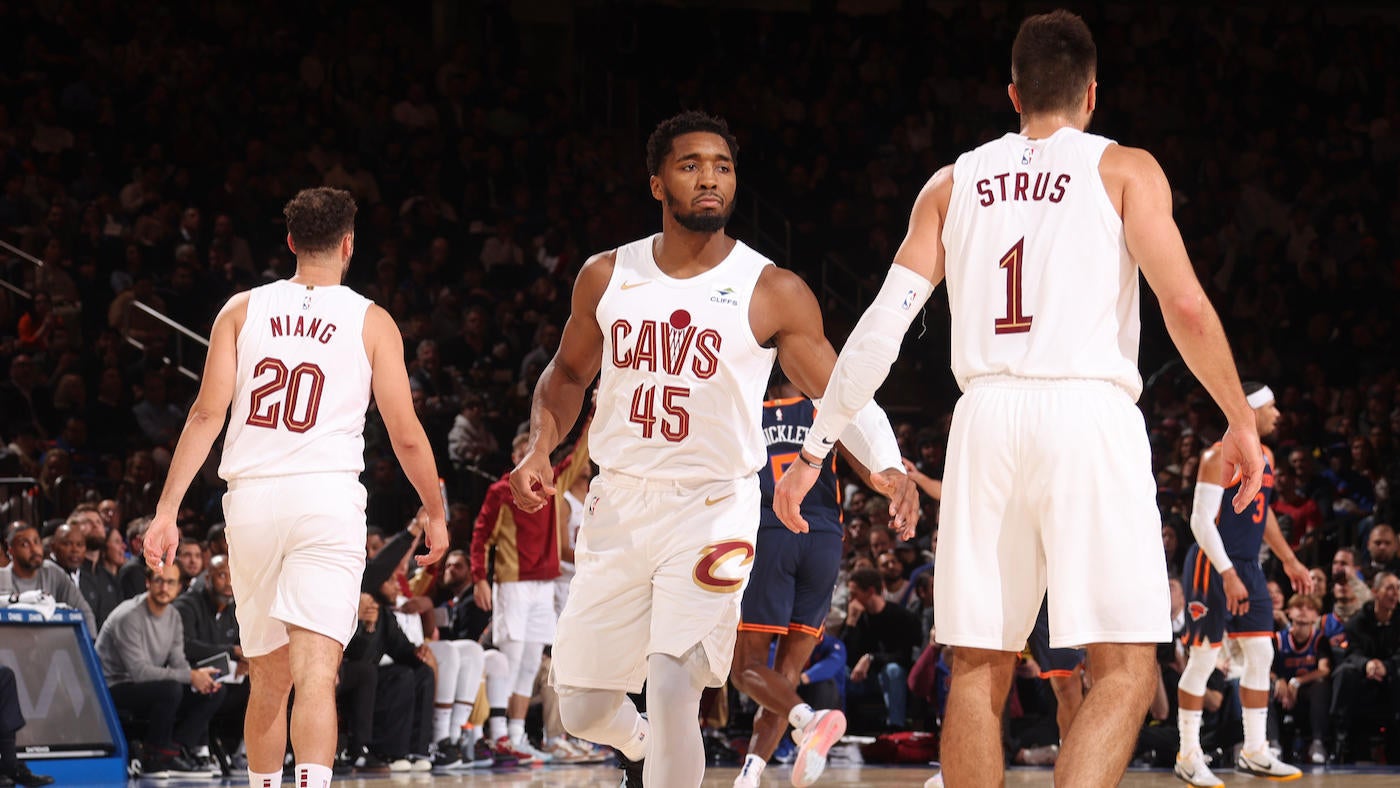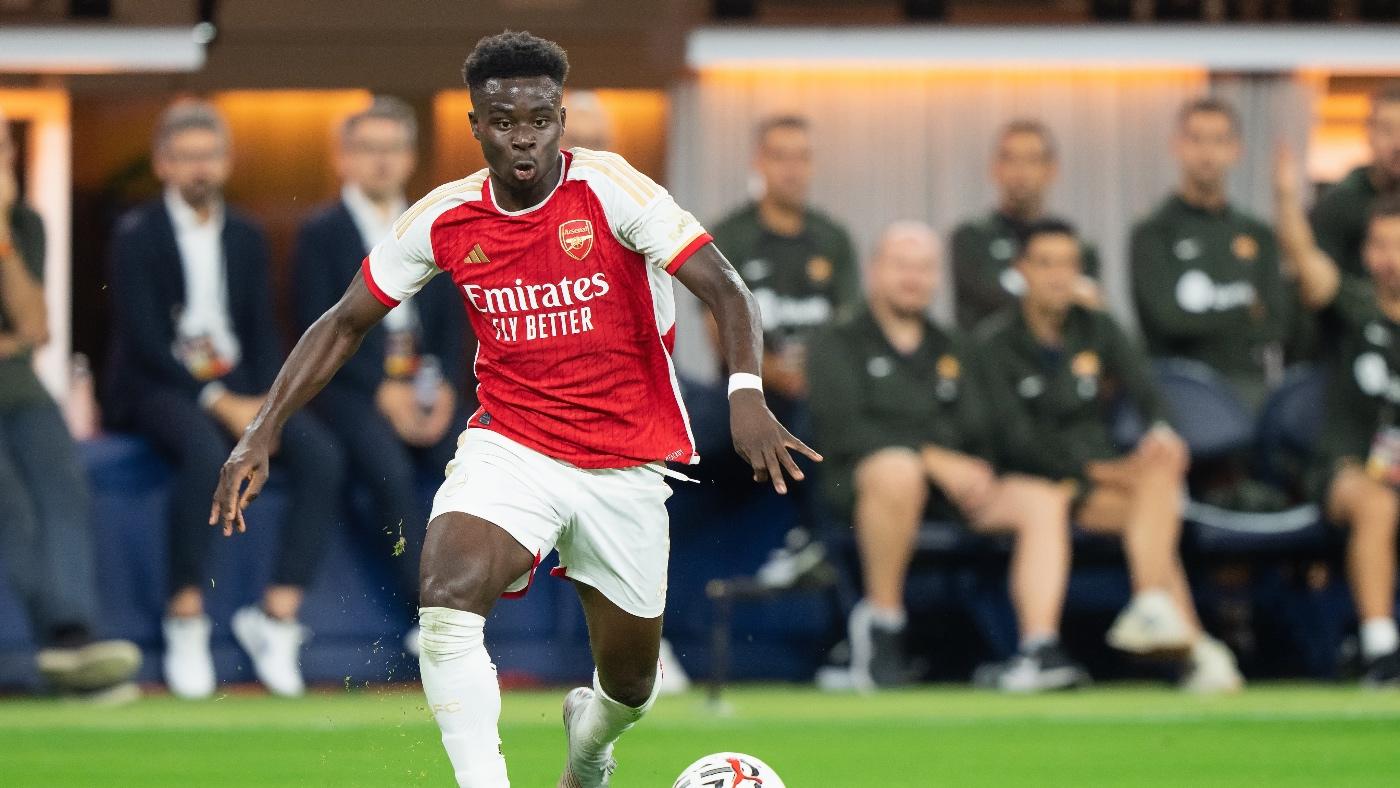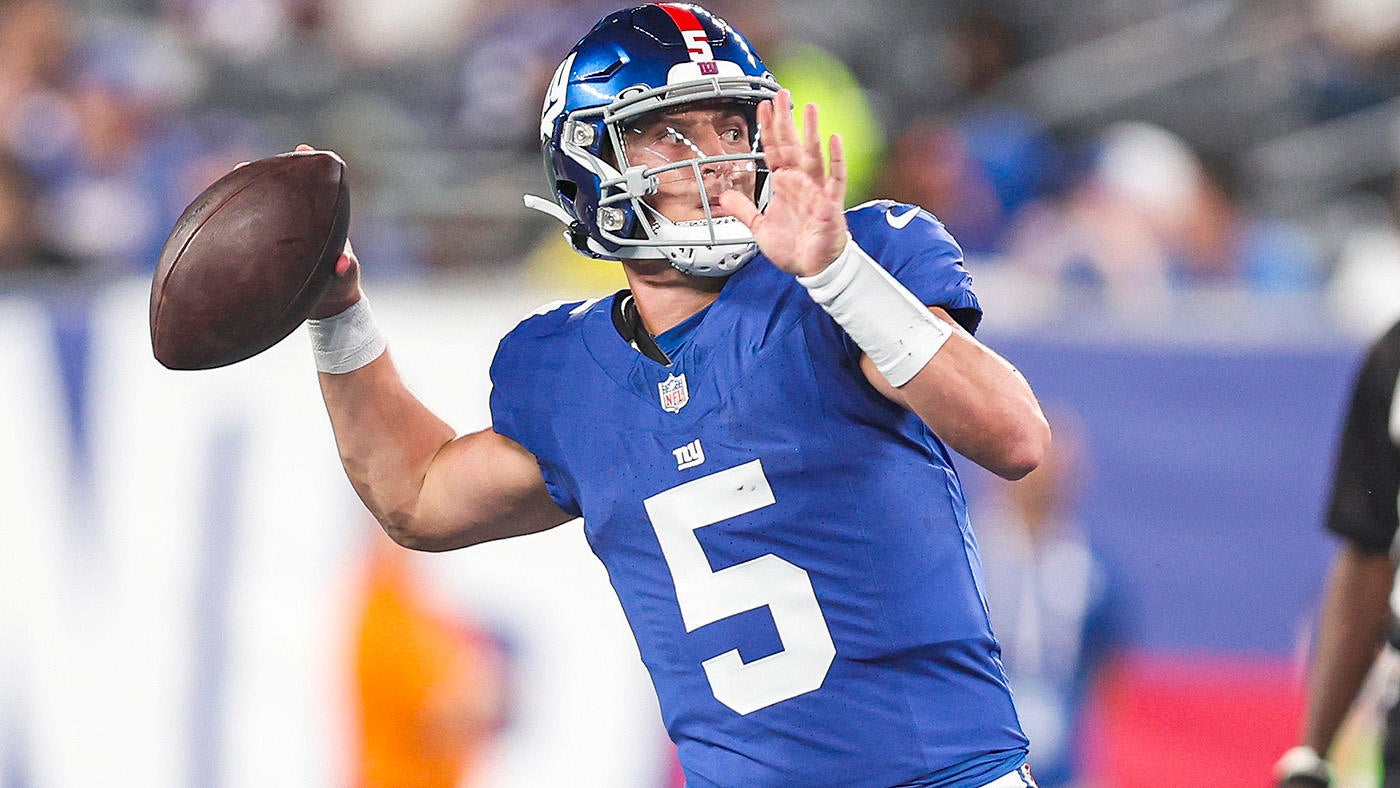Don’t be fooled by the Cavaliers’ slow, shorthanded start
Written by CBS SPORTS ALL RIGHTS RESERVED on November 11, 2023


The Cleveland Cavaliers‘ season unofficially began when Jarrett Allen lobbed the ball to Evan Mobley late in the the fourth quarter against the Golden State Warriors last Sunday. Big-to-big passing has been a staple for the Cavs since drafting Mobley in 2021; his two-hand throwdown didn’t just put an exclamation point on a comfortable 115-104 win, it issued a reminder: This is the type of team that can force the Warriors to go small, then push them around.
That the alley-oop was Allen and Mobley’s first such connection of the season should tell you how much to read into Cleveland’s 2-4 record coming into the game (and its 3-5 record now). Having started severely shorthanded, the Cavs have hardly been appointment viewing on League Pass. Revisit the losses in a little while, though, and they might play like early episodes of The Simpsons. The Bart-plays-KWYJIBO-in-Scrabble moment came all the way back in the preseason, when Mobley and newcomer Max Strus introduced the Indiana Pacers to their surprisingly refined two-man game.
Undrafted in 2019 and cut twice prior to joining the Miami Heat’s out-the-mud club, Strus arrived in Cleveland via sign-and-trade on a four-year, $62.3 million contract. The team didn’t arrange for a throng of season-ticket holders to greet him at the airport, like it had for Donovan Mitchell the previous summer, but, by virtue of his skillset, it could have justified a welcome party. “Exactly what I do is what they needed,” the sharpshooter said the morning of the season opener in Brooklyn.
The Cavs, who were coming off a 51-win regular season when the New York Knicks packed the paint and knocked them out in five ugly games, were not just starved for shooting. They were looking to diversify an attack that proved too plodding, predictable and pick-and-roll-heavy in the playoffs. Strus, a threat to shoot from all over the court coming off screens and dribble-handoffs, is in Cleveland to open up the offense.
“When I first heard about it, I was thinking mostly spacing, shooting,” Mobley said. “And then, as I got to play with him, I noticed he’s very good in the two-man game and me and him can work a lot with pick-and-rolls and stuff like that.”
Before training camp even began, Strus and Mobley had a film session. “It was a vet move,” Mobley said: They went over how Strus and Bam Adebayo, his former Heat teammate, read the defense and read each other when running DHOs.
“We watched some clips on what they used to do back then in different situations and scenarios, whether they’re coming over the top on him or lagging behind him,” Mobley said. They discussed “what we would do, what we like to do as well. And where we would want the ball and how we would want it. Just different details like that.”
Mobley and Allen anchored the league’s top defense last season, and that’s still “where the Cavaliers hang their hat,” coach J.B. Bickerstaff said. The project of this season, though, is finding balance. Ideally, the offense will go from good to great and stay that way in the playoffs. If nothing else, the presence of Strus and fellow addition Georges Niang should ease the burden on Mitchell and Darius Garland. Cleveland is blessed to have “two great guards that can get in the paint easily at any time,” Strus said, and now it can punish opponents that put extra bodies in their way.
“In the summer when we played pickup, they could just see how much it’s going to help them,” Strus said. “There’s little bits and pieces in preseason games where they were like, ‘Oh, I’ve never had that before, it’s going to take me time to get used to that.’”
Cavaliers want to have ‘dual personalities’
Entering their rematch with Golden State on Saturday, the Cavaliers’ offense ranks 25th, which, if they hadn’t been without Allen for the first five games, without Garland for four games — one of which Mitchell missed, one of which Caris LeVert missed — and shockingly cold from 3-point range (32.2%, the fourth-worst mark in the league), would suggest that the new pieces haven’t helped. Cleveland’s shot profile, though, suggests something different. The team is now third in rim frequency (after finishing 12th last year) and 29th in midrange frequency (13th last year), per Cleaning The Glass.
Based purely on the location of their shots, no team in the NBA has generated better looks than the Cavaliers. Mitchell is averaging a career-high 30.7 points on a career-high 63.2% true shooting, not because he’s been on a heater from deep but because he’s never gotten to the rim this often or shot a higher percentage there. Strus doesn’t need to explode for 27 points and shoot 7 for 11 from deep, as he did on opening night, to make an impact.
“Just that threat of him being there opens the lane for myself, DG, Caris, Ev,” Mitchell said. “It’s kind of basically pick your poison. Same thing with Georges.”
Mitchell has four years of experience playing with Niang in Utah. He is still, however, learning different ways that the team can use Strus. “Sometimes it’s myself standing in the high quadrant, allowing Max to go downhill,” Mitchell said. “Max is more than just a 3-point shooter. I didn’t realize that he had so much more to his game.” Cleveland has not perfectly blended ball and body movement with the pick-and-roll game, but it is at least mixing in different actions.
“We don’t want to be a stagnant offense,” Bickerstaff said. “So now it’s teaching the game of basketball where it’s about the reads. What Max does just in the flow of the game, what Georges does just in the flow of the game, we have to teach our guys, who have been pretty used to playing stationary basketball, how to play with that movement and that motion and the advantages that they can create and then where the reads come behind that. So you don’t want to lose all that you’ve done, but you have to incorporate those guys’ skill sets and be even more dynamic and more difficult to guard.”
From the beginning of training camp, the coaching staff has emphasized “playing faster, moving the ball, sharing the ball and playing at a higher pace,” Strus said. Bickerstaff doesn’t want a bunch of careless, one-pass possessions, but he doesn’t want the Cavs casually walking the ball up, as they did far too often last season. The goal is to “have dual personalities where we can be explosive off of turnovers and misses, and then off dead balls and made baskets, we can still grind you out,” Bickerstaff said.
So far, so good: Cleveland has the second-best transition offense in the NBA, according to Cleaning The Glass, and it’s seventh in transition frequency (fourth after defensive rebounds).
The Cavs have not completely avoided stagnant possessions, and they have not always gotten into their first action as quickly as they’d like. Big-picture concerns about their roster construction — this is an oddly shaped team, tiny in the backcourt and gigantic up front — can’t be quelled before the playoffs, and Mobley’s minutes at the 5 haven’t gone well on either end. In small samples with its starting guards or its starting bigs on the floor, though, Cleveland has been scorching. And it’s hard to imagine Strus, Niang and Garland shooting a combined 28.6% from deep for much longer.
Strus, in particular, has what Bickerstaff called a “neon” green light. Part of his appeal is that he’s unafraid to take difficult, contested 3s, and he can heat up at any time — Heat coach Erik Spoelstra used to describe him as “ignitable.” The Cavs didn’t have a wing like that on the roster last season, let alone one who is willing to battle with bigs on the boards and chase Stephen Curry around when necessary. After a disappointing first-round loss, Cleveland made sensible tweaks to both its roster and its philosophy. The results may not be here yet, but the vision is clear.
The post Don’t be fooled by the Cavaliers’ slow, shorthanded start first appeared on CBS Sports.







